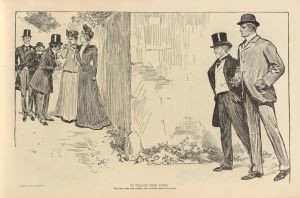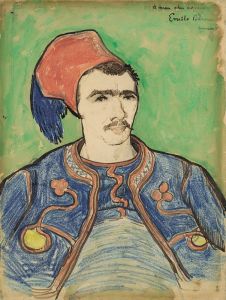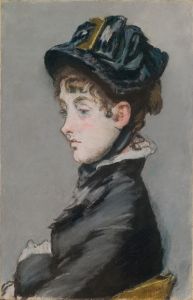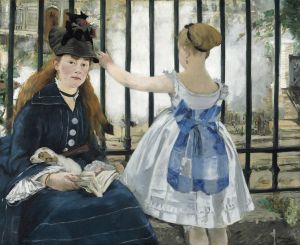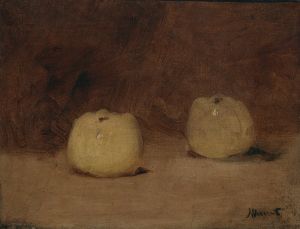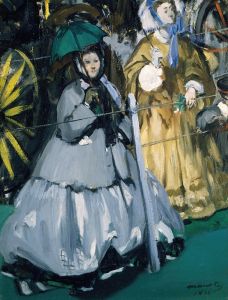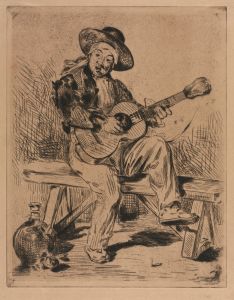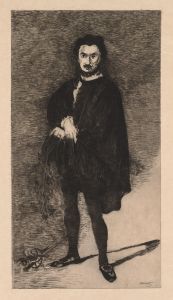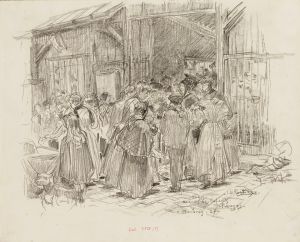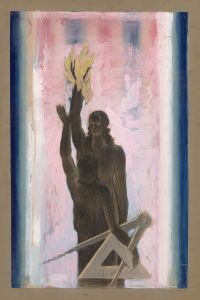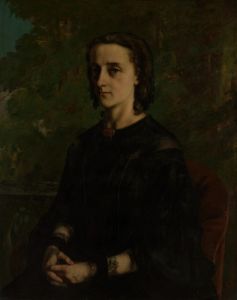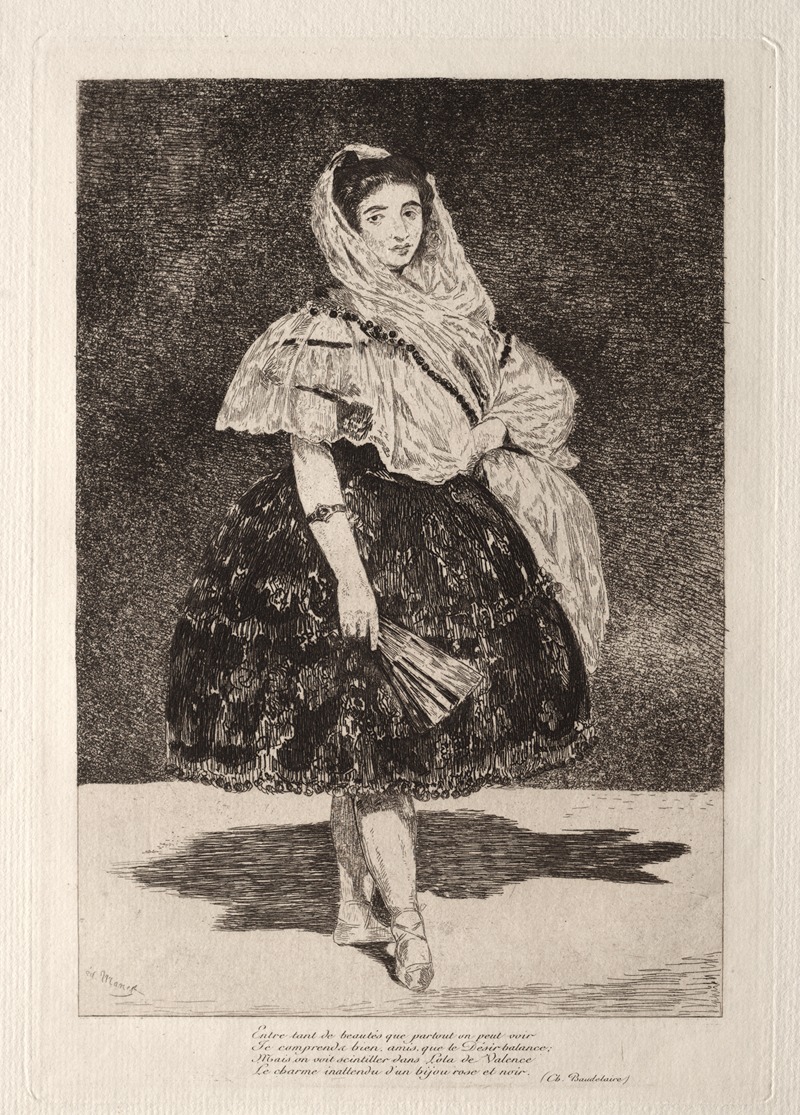
Lola de Valence
A hand-painted replica of Édouard Manet’s masterpiece Lola de Valence, meticulously crafted by professional artists to capture the true essence of the original. Each piece is created with museum-quality canvas and rare mineral pigments, carefully painted by experienced artists with delicate brushstrokes and rich, layered colors to perfectly recreate the texture of the original artwork. Unlike machine-printed reproductions, this hand-painted version brings the painting to life, infused with the artist’s emotions and skill in every stroke. Whether for personal collection or home decoration, it instantly elevates the artistic atmosphere of any space.
Édouard Manet's painting "Lola de Valence" is a notable work from the 19th-century French artist, completed in 1862. This painting is a portrait of a Spanish dancer named Lola Melea, who was part of a troupe performing in Paris at the time. Manet's interest in Spanish culture and art is evident in this work, as he was influenced by Spanish painters such as Diego Velázquez and Francisco Goya.
"Lola de Valence" captures the dancer in a striking pose, wearing a traditional Spanish costume that includes a richly decorated dress and a mantilla. The painting is characterized by its bold use of color and light, which highlights the dancer's vibrant attire and expressive stance. Manet's technique in this work reflects his transition from traditional academic styles to a more modern approach, which would later contribute to the development of Impressionism.
The painting was first exhibited at the Paris Salon in 1863, where it attracted attention and sparked controversy. The Salon was the official art exhibition of the Académie des Beaux-Arts in Paris, and it was a significant event for artists seeking recognition. Manet's work often challenged conventional norms, and "Lola de Valence" was no exception. The painting was criticized by some for its perceived lack of finish and unconventional composition, but it was also praised by others for its boldness and originality.
One of the most notable aspects of "Lola de Valence" is its reception by the poet Charles Baudelaire, who was a friend and supporter of Manet. Baudelaire wrote a sonnet about the painting, which was published in the journal "Le Boulevard" in 1863. In his poem, Baudelaire praised the painting's beauty and the allure of the dancer, further cementing the work's place in the cultural dialogue of the time.
Manet's portrayal of Lola Melea is significant not only for its artistic qualities but also for its reflection of the cultural exchange between France and Spain during the 19th century. Spanish dancers and musicians were popular in Paris, and their performances were a source of fascination for many artists and writers. Manet's interest in Spanish themes can be seen in several of his other works, but "Lola de Valence" remains one of the most prominent examples.
Today, "Lola de Valence" is housed in the Musée d'Orsay in Paris, where it continues to be appreciated by art enthusiasts and scholars. The painting is an important example of Manet's early work and his contribution to the evolution of modern art. It represents a moment in art history when traditional boundaries were being challenged, and new forms of expression were emerging. Through "Lola de Valence," Manet not only captured the essence of a Spanish dancer but also contributed to the broader narrative of cultural and artistic transformation in 19th-century Europe.





